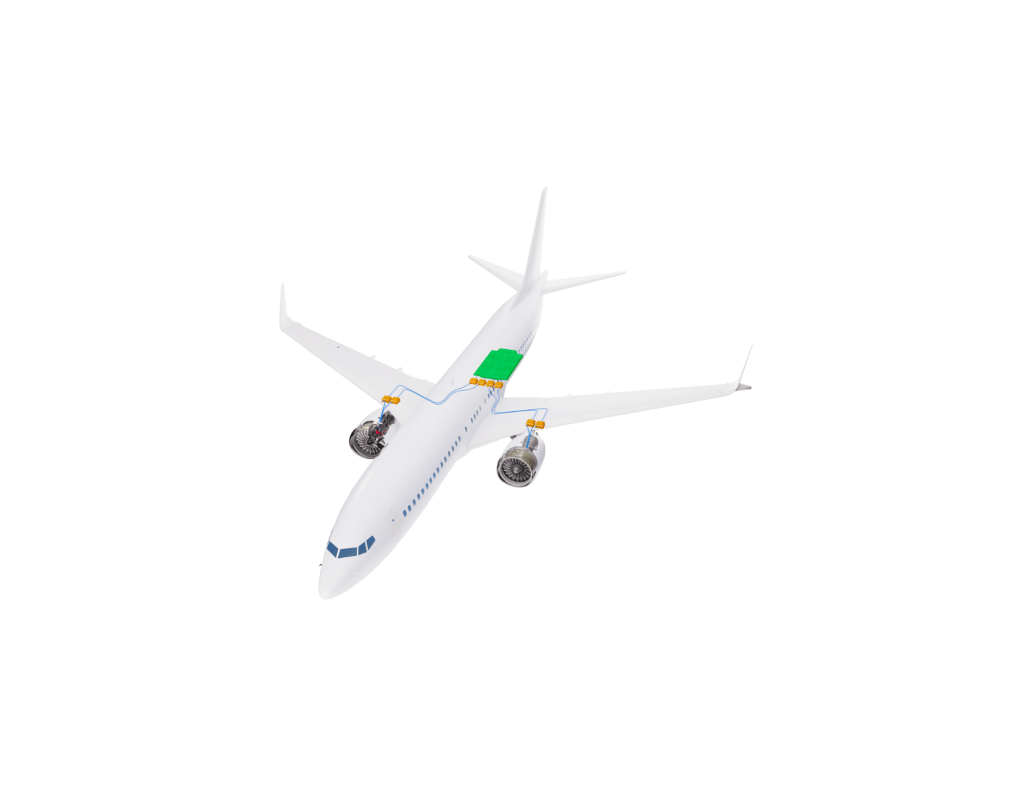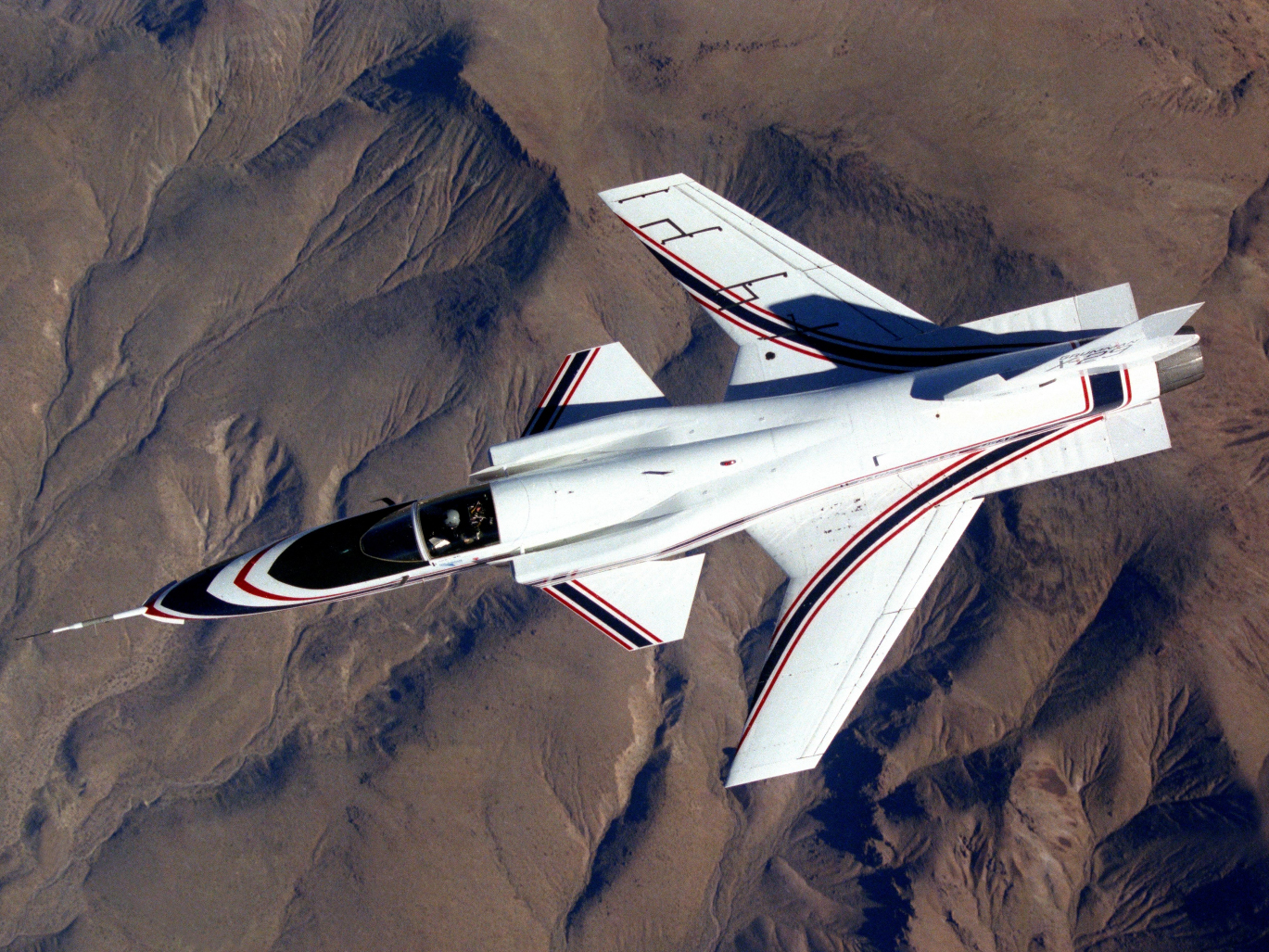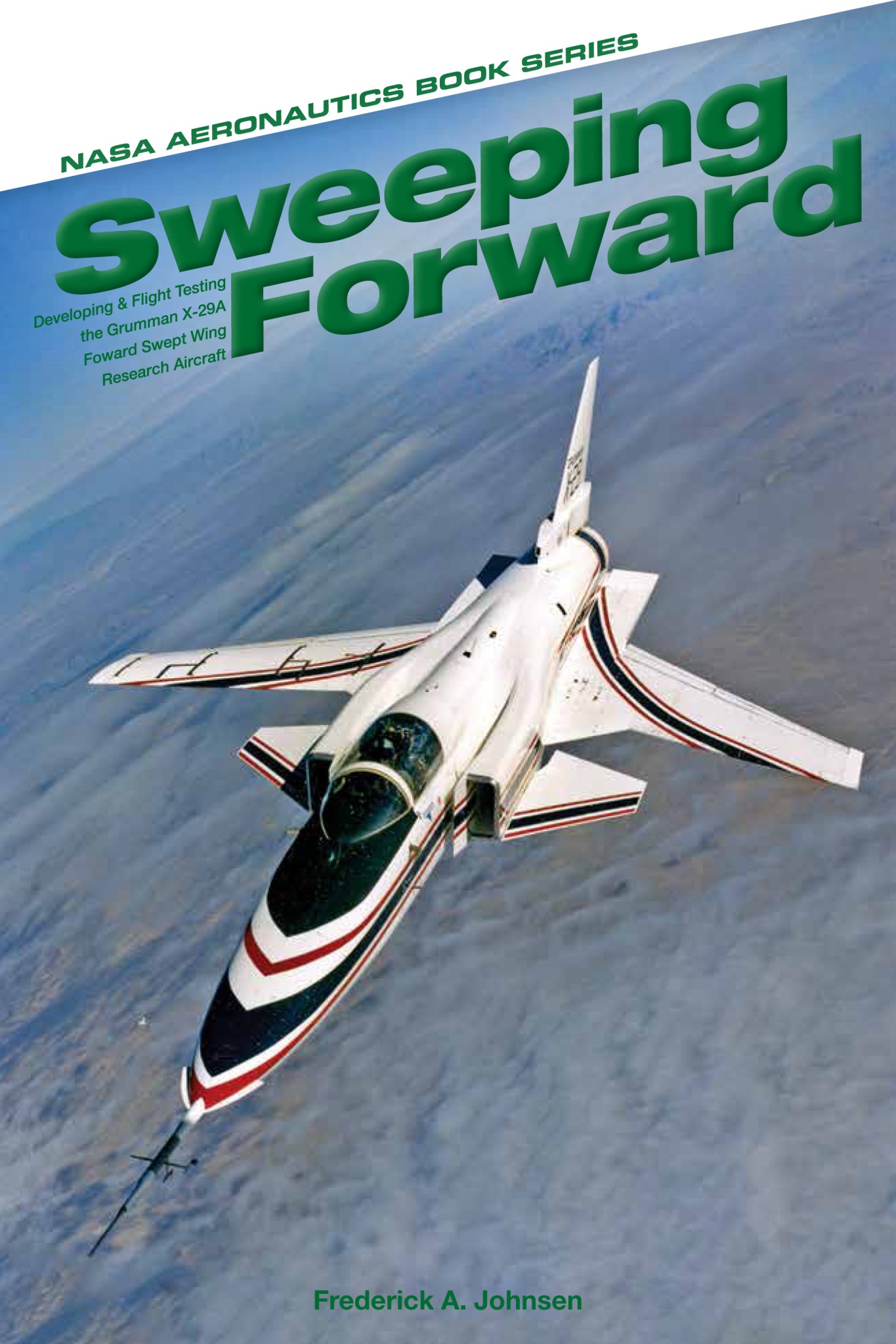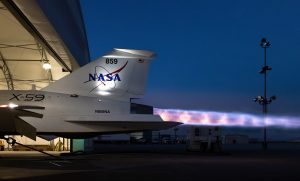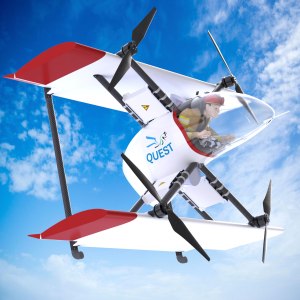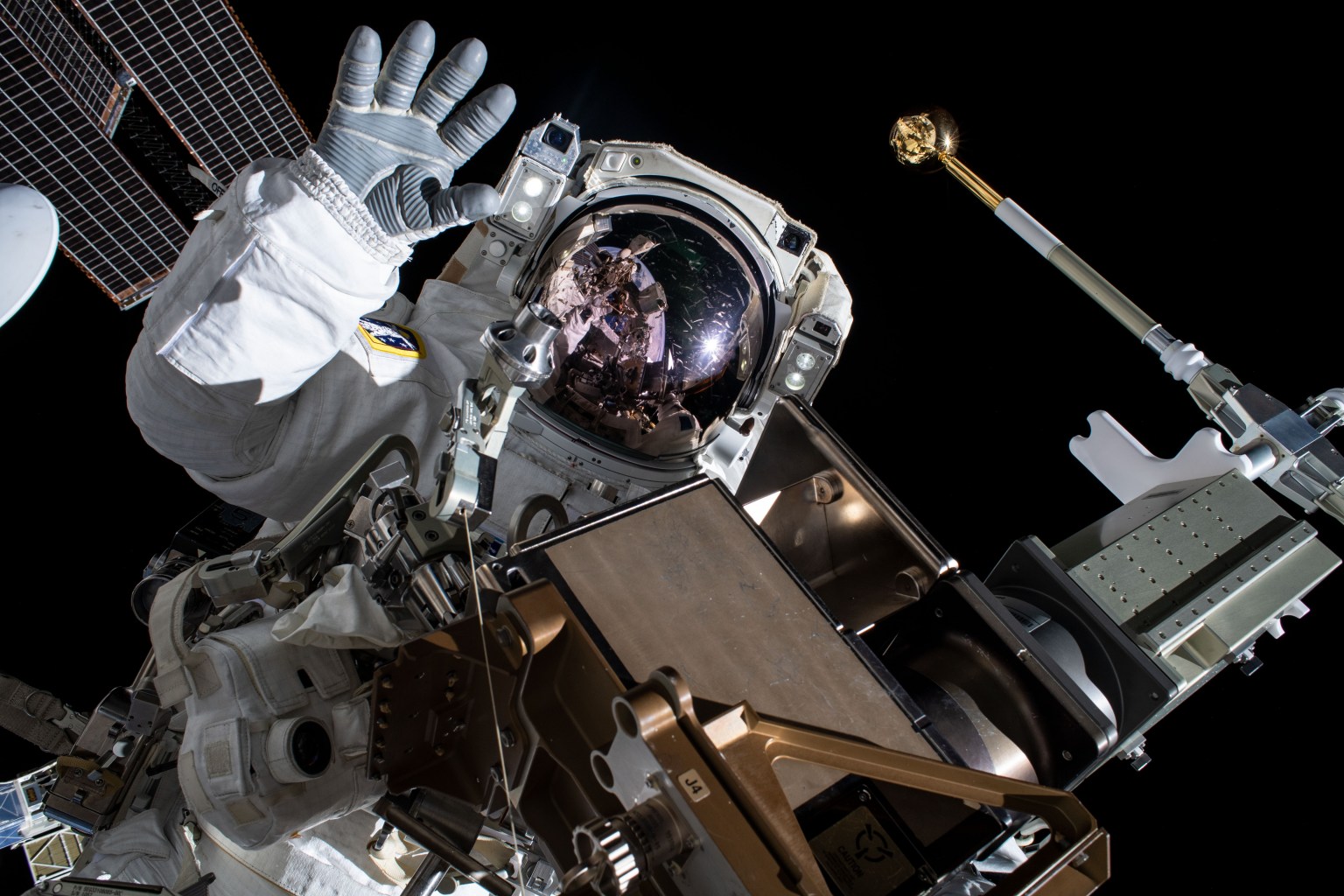It looked like someone had installed the wings on backwards, and it was so unstable in flight that no pilot could fly it without the help of a computer, but the X-29A was a marvel in its day and provided research information useful for many aircraft designs still to come.
A pair of the Grumman-built X-29A experimental aircraft flew 436 times between December 1984 and August 1992, with all but 14 of those trips into the air serving as research flights – a record for X-planes at that time.
One of the strangest looking airplanes ever flown in modern times, its extraordinary story is told in “Sweeping Forward: Developing and Flight Testing the Grumman X-29A Forward Swept Wing Research Aircraft,” the latest publication in NASA’s aeronautics book series.
The 328-page book was written by Frederick Johnsen, a former NASA public affairs director of the Dryden Flight Research Center at Edwards Air Force Base, Calif., and recently retired director of the Air Force Flight Test Center Museum.
While Johnsen said he hopes the book has wide appeal, he says there are two groups of people who will find the book particularly helpful and interesting.
The first would include engineers and students who might find that some of the technologies or methodologies used in the X-29 could have applications for what they may be working on today or be worthy of additional detailed study.
And the second group would be anyone who considers themselves an aerospace technology enthusiast who has a “fondness for what NASA stands for and a penchant for aircraft that push the limits,” Johnsen said.
The X-29A aircraft certainly did that.
Its forward swept wings were designed to improve the handling characteristics of a fighter jet, making it more maneuverable and less susceptible to stalling, especially in extremely tight turns, at high speeds, with its nose almost pointed straight up.
According to Johnsen, these breakthrough capabilities were made possible by two technologies that were still emerging during the 1980s: the use of redundant computer flight controls and the availability of composite materials in building major structural components.

The X-29A featured a sophisticated fly-by-wire system installed in an airplane that was assembled from components of other aircraft. Its cockpit and nose came from an F-5, while the rear of the airplane was crafted to hold the jet engine of an F-18. And the whole thing sat on the landing gear of an F-16.
“Sweeping Forward” details all of this, and more. It is available online at no cost as an e-book, while printed versions of the book may be purchased from NASA’s Information Center.
Publication of “Sweeping Forward” was sponsored and funded by the communications and education department of NASA’s Aeronautics Research Mission Directorate.














